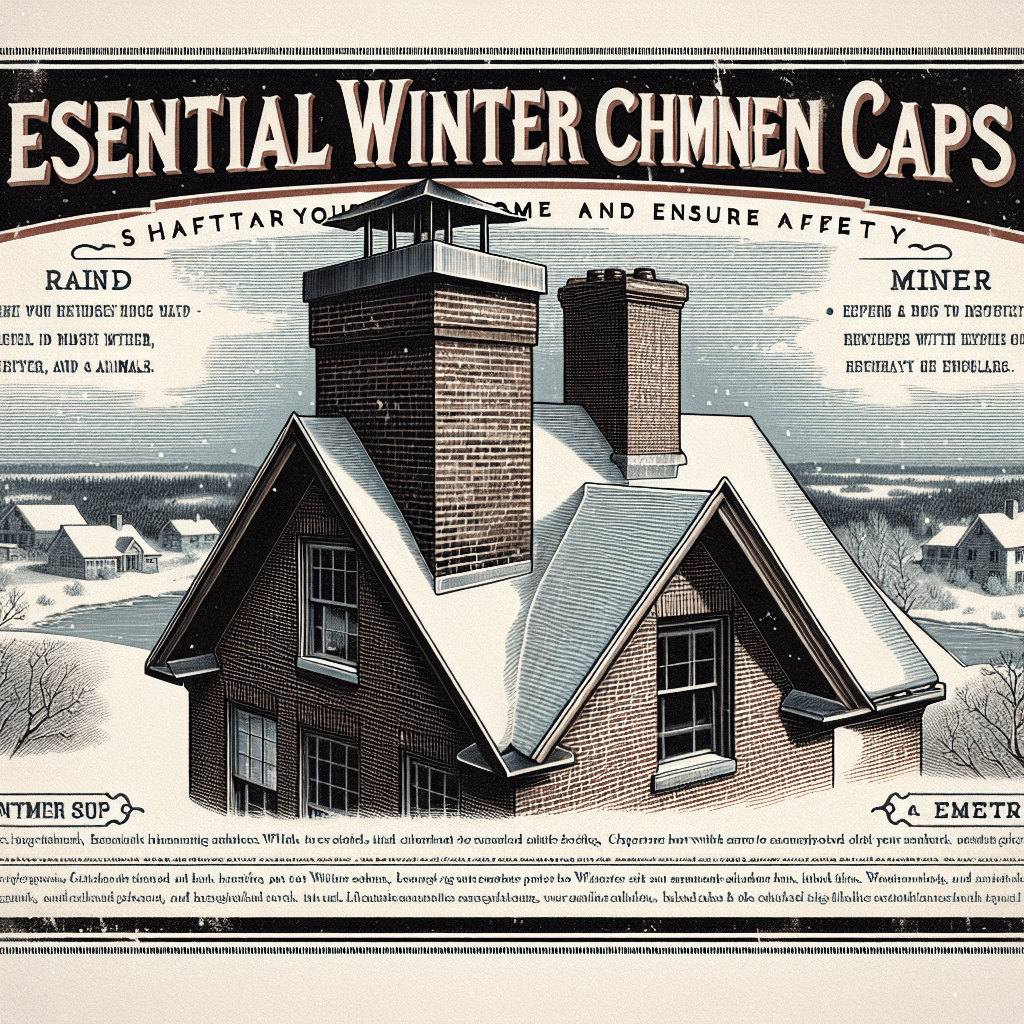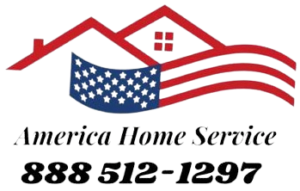-
Table of Contents
- Chimney Maintenance, Repair, and Cleaning
- Importance of Regular Chimney Inspections
- Chimney Repair: Addressing Common Issues
- Effective Chimney Cleaning and Creosote Removal
- Fireplace Safety Tips
- Related Services
- FAQ: Chimney Maintenance and Repair
- How often should I have my chimney inspected?
- What are the signs that my chimney needs repair?
- Can I clean my chimney myself?
- What is creosote, and why is it dangerous?
- Conclusion
Protect your chimney from debris, animals, and weather damage with a reliable chimney cap. Ensure your home’s safety and efficiency by investing in this essential chimney accessory. Secure your chimney with a cap—schedule a chimney cap installation.
Chimney Maintenance, Repair, and Cleaning

Ensuring the safety and efficiency of your fireplace begins with regular chimney maintenance. A well-maintained chimney not only enhances the longevity of your fireplace but also ensures the safety of your home. This article delves into the essentials of chimney maintenance, repair, and cleaning, providing you with the knowledge to keep your chimney in top condition.
Importance of Regular Chimney Inspections
Regular chimney inspections are crucial for identifying potential issues before they become major problems. Inspections help in detecting structural damage, blockages, and the buildup of creosote—a highly flammable substance that can lead to chimney fires. It is recommended to have your chimney inspected at least once a year by a certified professional.
Chimney Repair: Addressing Common Issues
Over time, chimneys can suffer from wear and tear due to weather conditions and regular use. Common chimney repair issues include cracked bricks, damaged mortar joints, and faulty chimney caps. Addressing these issues promptly can prevent further damage and ensure the structural integrity of your chimney.
Effective Chimney Cleaning and Creosote Removal
Chimney cleaning is an essential part of maintenance, focusing on the removal of soot and creosote. Creosote removal is particularly important as it reduces the risk of chimney fires. Professional chimney sweeps use specialized tools to clean the chimney thoroughly, ensuring that all flammable residues are eliminated.
Fireplace Safety Tips
Maintaining fireplace safety involves more than just cleaning and repairs. Ensure that your fireplace is equipped with a proper screen to prevent sparks from escaping. Always use seasoned wood to minimize smoke and creosote buildup. Additionally, install smoke and carbon monoxide detectors in your home for added safety.
Related Services
In addition to chimney services, we offer a range of home maintenance solutions. Explore our air duct cleaning and dryer vent cleaning services to improve your home’s air quality and safety.
FAQ: Chimney Maintenance and Repair
How often should I have my chimney inspected?
It is recommended to have your chimney inspected at least once a year, preferably before the start of the heating season.
What are the signs that my chimney needs repair?
Signs that your chimney may need repair include visible cracks, crumbling mortar, water leaks, and a smoky fireplace.
Can I clean my chimney myself?
While some homeowners may attempt to clean their chimneys, it is best to hire a professional to ensure thorough cleaning and safety.
What is creosote, and why is it dangerous?
Creosote is a byproduct of burning wood that accumulates in the chimney. It is highly flammable and can cause chimney fires if not removed regularly.
Conclusion
Regular chimney maintenance, including inspections, repairs, and cleaning, is essential for ensuring the safety and efficiency of your fireplace. By addressing issues promptly and removing creosote buildup, you can enjoy a warm and safe home environment. For professional assistance, explore our comprehensive chimney services and related home maintenance solutions.





